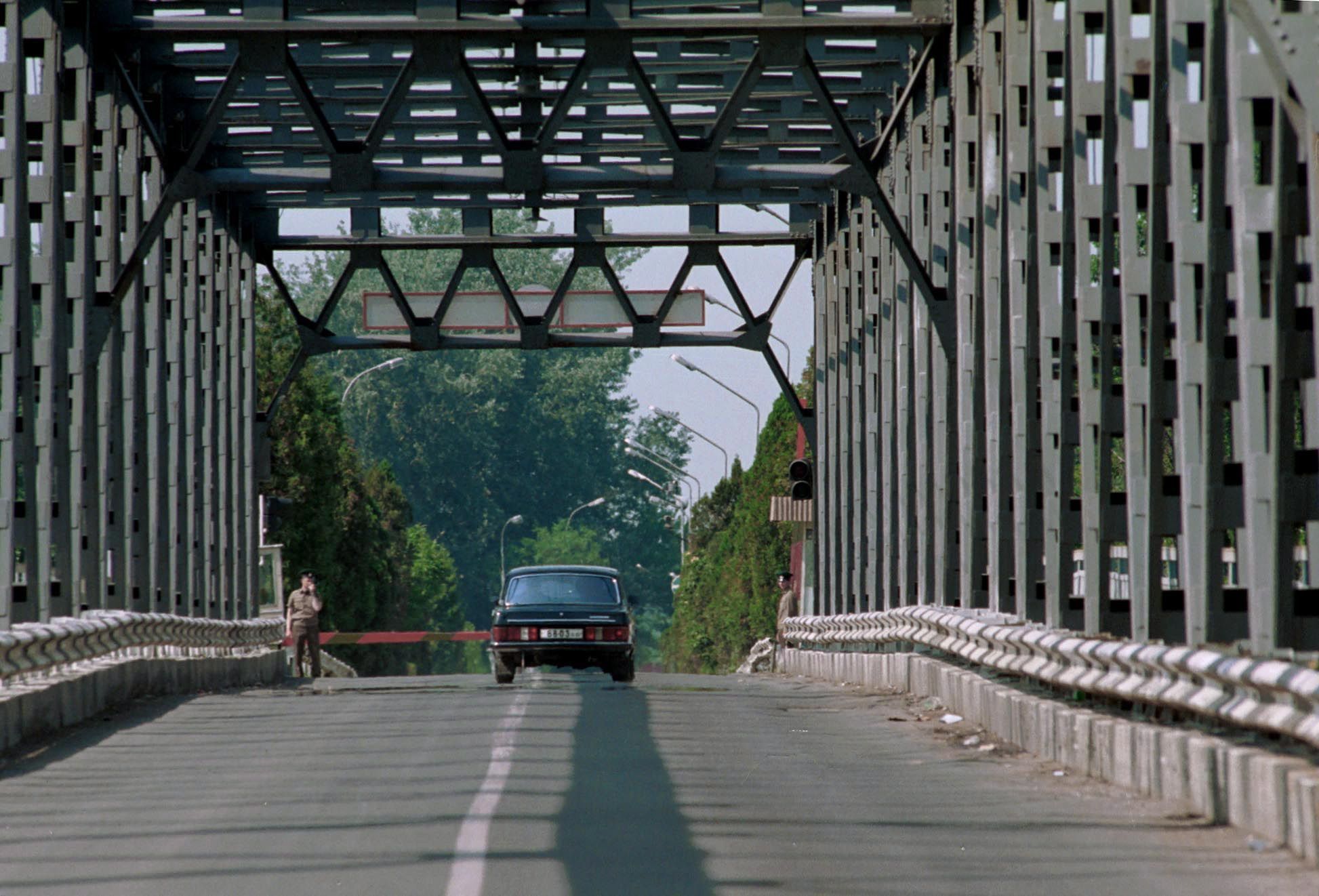Tavaris konyec – 1991 – Záhony
Fact of the Hungarian figure „Reburial of Imre Nagy (Heroes Square) – 1989”
Part of the „Dreaming about the democracy” topic
Soviet troops had been stationed in Hungary since the end of World War II, and their presence was formalized by the 1955 Warsaw Pact, which created a legal framework for Soviet military occupation in Eastern Europe. However, the political landscape in the region began to shift dramatically with the collapse of socialist regimes in the late 1980s. As the Berlin Wall fell in 1989, Poland’s opposition forces won decisive elections, and Hungary was preparing for its own democratic elections in the spring of 1990. Against this backdrop, Hungary’s communist government called for the withdrawal of Soviet troops, reflecting the country’s broader move toward democracy and independence.
On March 10, 1990, Hungarian Foreign Minister Gyula Horn and Soviet Foreign Minister Eduard Shevardnadze signed an agreement in Moscow, outlining the full withdrawal of Soviet troops from Hungary by July 1991. The process symbolized the crumbling of Soviet dominance in Central Europe, and on June 19, 1991, the last Soviet soldier (Lieutenant General Viktor Silov) crossed the Hungarian border at Záhony, marking the end of Soviet military occupation in Hungary. This event, often referred to as „Tavaris konyec” (“Comrade, it’s over”), was a historic milestone for Hungary and Central Europe. Weeks later, the Warsaw Pact itself was formally dissolved, cementing the region’s break from Soviet control.
The departure of Soviet troops from Záhony not only represented a significant moment in Hungary’s path toward sovereignty and democracy but also symbolized the broader dissolution of Soviet influence throughout Eastern Europe. Hungary, the first country in the former Eastern Bloc to achieve the complete withdrawal of Soviet forces, became a model for other nations in the region seeking similar independence. The Soviet pullout was a crucial step in Hungary’s reintegration into Western Europe and its pursuit of democratic governance.
The call for the withdrawal of Soviet troops from Hungary was first publicly made by Viktor Orbán during his famous speech at the reburial of Imre Nagy on June 16, 1989. Orbán, then a young opposition leader, boldly demanded the removal of Soviet forces from Hungarian soil, a statement that electrified the crowd and became a defining moment in Hungary’s transition to democracy. This demand for independence resonated with the nation’s growing desire to break free from Soviet control. Later, as the withdrawal process gained momentum, the Hungarian Democratic Forum (MDF) adopted the phrase „Tavaris konyec” („Comrade, it’s over”) as a political slogan, symbolizing the end of Soviet dominance and the dawn of a new, sovereign Hungary. This phrase captured the spirit of the time, reflecting both the political and emotional liberation from decades of foreign occupation.





